Over the years, I’ve had some fun at the expense of Guan Yin—the Bodhisattva of Compassion.
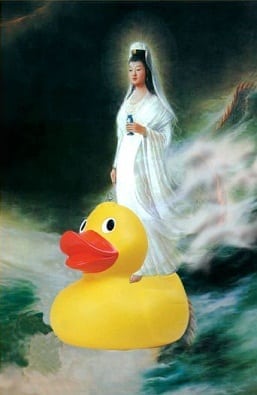
Whether portraying her as having an illicit affair with Scottish botanists, or depicting her as a scorned goddess seeking vengeance against the writer of the illicit affair (me), I can’t say I’ve dealt with her fairly. Hilariously, yes . . . but not fairly. However, there is one area where her namesake is applied where I have held back my more idiot tendencies. That, of course, is in regard to the tea bearing her name—Tie Guan Yin, or “Iron Goddess of Mercy”.
There are a couple of tall tales about the origin of the Guan Yin tea tree cultivar. One states that it was a gift to a guy named Wei, who cleaned up around a dilapidated Guan Yin temple. For his good deed, he was rewarded with a tea shoot from the Bodhisattva herself. Another states that the cultivar hailed from under Guan Yin rock in Xiping. A fellow named Wang presented it as a gift to the emperor, and then he bestowed the name. Whatever the origin, true Tie Guan Yin oolong hails from Anxi county, Fujian province, China; it’s made from the Tie Guan Yin tea tree, and adheres to the strict rolling and processing techniques passed down over the centuries
But that always made me wonder . . . are there other teas (besides oolongs) that are made from the Tie Guan Yin cultivar?
Enter ZhenTea.
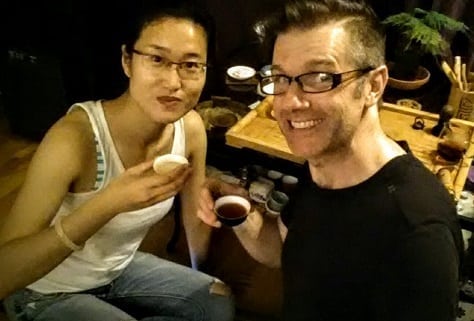
Left to right: Zhen Lu and Phil Rushworth.
The Canada-based online retail tea operation is comprised of Wu Jianli, her daughter Zhen Lu, and Zhen’s husband, Phil Rushworth. Collectively, they have over twenty years of experience dealing with Chinese teas. That, of course, includes sourcing directly from farms in the region.
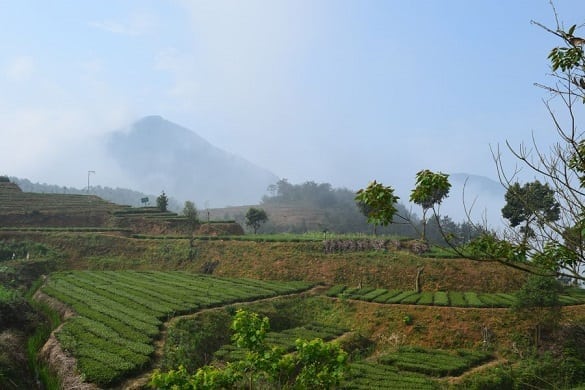
On one such trip to a garden in Anxi county, Zhen and Phil were introduced to an experimental black tea. It was made from the tender young leaves and buds of Tie Guan Yin bushes. The plants were still maturing, and it was technically the “off-season” for oolong production. In the interim, a Guan Yin Hong (black tea) was produced.
While there, they also witnessed traditional Tie Guan Yin oolong being processed.

From this particular farm, they sourced both a classic Tie Guan Yin and the aforementioned, experimental Guan Yin black.
I encountered both Zhen and Phil at World Tea Expo (2016) this past June.

Rachel Carter and I with Phil Rushworth. Photo taken by . . . Kevin Gascoyne? I think?
Phil just happened to have both of those Guan Yin on his person . . . like some sort of shifty tea drug dealer. Of course, I asked the obvious, “Are they from the same farm?” Zhen confirmed that they were. And I squealed a little. Totally on the outside.
Later that summer, I dipped into both the Tie Guan Yin Classic and Guan Yin Hong. Side-by-side, as I do.
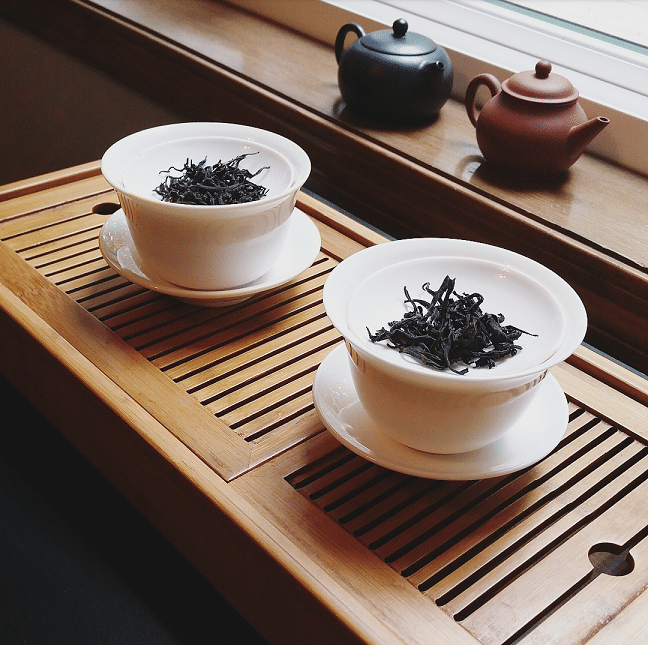
For brewing, I brought water to almost a boil (about 200F-ish), prepped about a tablespoon of leaves of each tea in two gaiwans. Sure, some gongfu practitioners recommended using more leaf; I’m not one of them. Instead of going full gongfu for both of these, though, I opted for a middle-ground approach. A minute steep for both. That way I could see what they had to offer . . . without making my brain melt during the dual (or rather, duel) session.
What surprised me most upon looking at it was the leaf shape. Most Tie Guan Yin tea leaves I’ve beheld were ball-fisted. This was not. Instead, the leaves were rolled—sure—but left slightly . . . open. More in line with a Dan Cong-ish appearance. The aroma, however, was all Guan Yin—all butter, rocks and flowers with a slight tickle of vanilla.
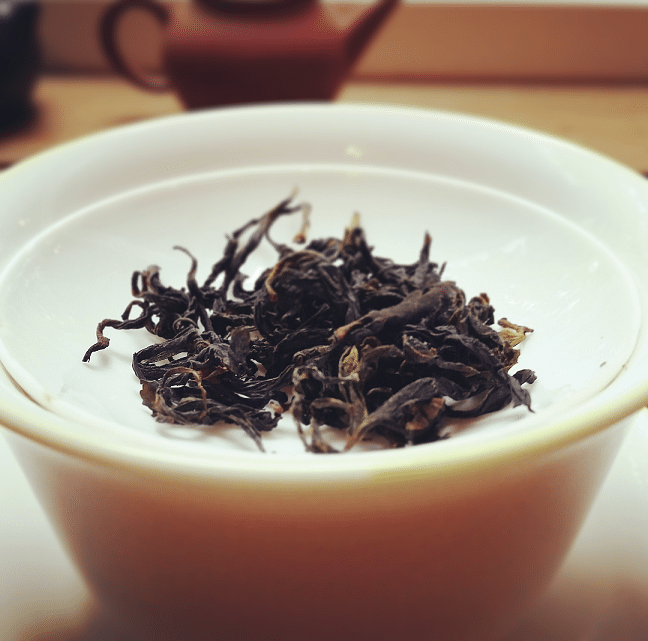
The liquor brewed to a shiny medium amber, as a burly steep would. It probably would’ve had a lighter color had I gone with a gongfu-ish approach, but this was perfect enough for my purposes. The aroma was straight tea leaf sweetness. Tie Guan Yins were my barometer for oolong appreciation, the usual middle-ground for determining quality. And, yeah, this was up there. I could go on-and-on about the smell, but on to taste.
. . .
Give me a sec. My eyes just rolled back into my head. Let me get ‘em back . . . in . . . into order. Okay, there we go.
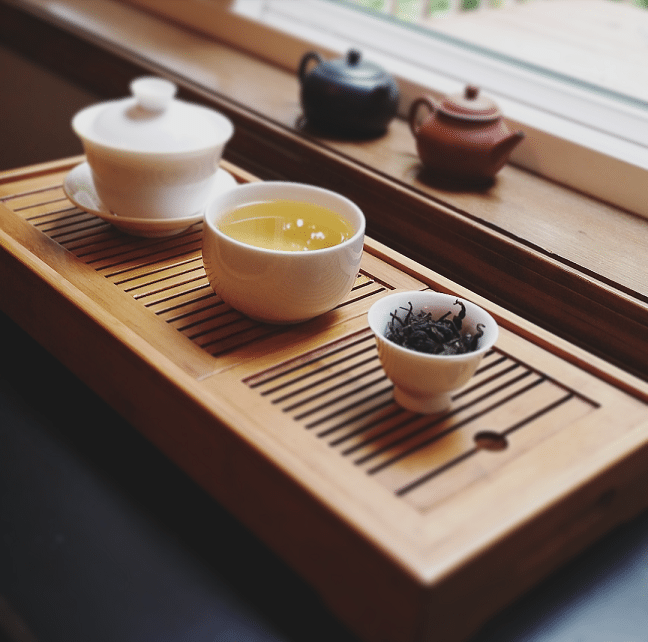
Holy wow! This was fantastic. The introduction is all orchids and light fruity tones, but then it engages the palatial hyperdrive and takes off for parts unknown. Some would call the experience a “floral bouquet” or some shit. No, this was a floral ballet! Like actual flowers achieved sentience and went on a well-choreographed rampage in my mouth. All the while splashing sugar and butter everywhere.
Short version: I liked it. I liked it a lot.
The black tea version looked the same in shape and roll, save for the color. It was (obviously) darker, as one would expect a “hong” (“red” to the Chinese, “black” to the rest of us) to be. But that was where the similarities ended. The aroma was unlike anything I’d ever encountered before, in a Chinese black tea or anything else. Some aspects of it reminded me of a Keemun (such as the wood-sweetness), while others were in line with a Fujian black tea (earthier and smooth). I settled on it being its own thing, and let it revel in its . . . uh . . . “cinnamon-malted-raisin”-iness.
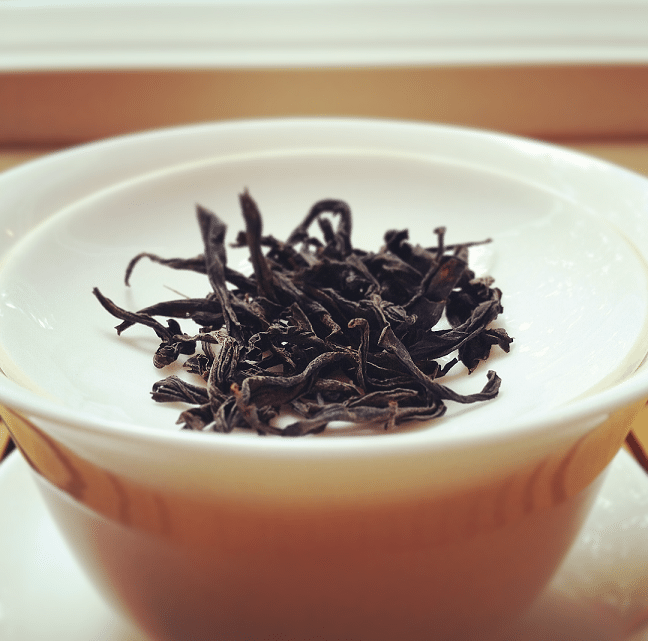
The black tea brewed up only slightly darker than the oolong version—a darker, fuller-bodied amber overall. The liquor color was about on par with the average gold-tipped black tea from Yunnan. It didn’t smell like that, though. As I said above, it was totally its own thing. That still didn’t prepare me for the oddity that was the aroma. I smelled rye bread. Wait, no . . . buttered rye bread.
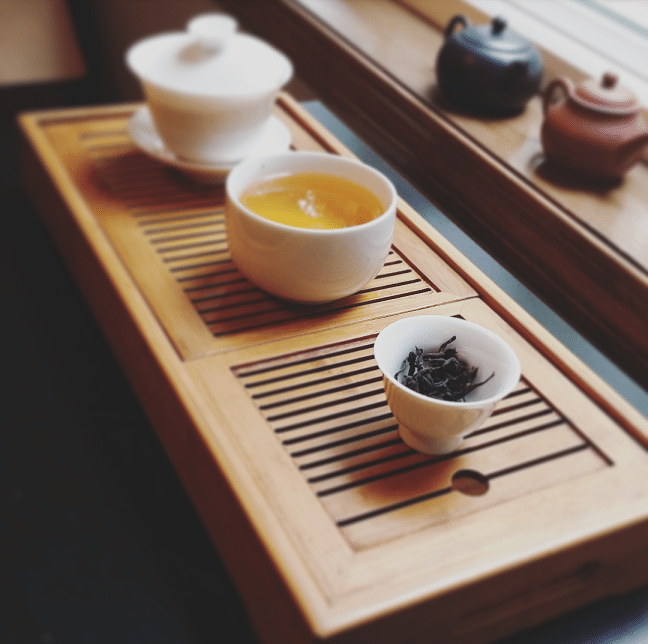
The rye bread comparison held up in the taste, dominating the intro. It, then, smoothed out into the usual Chinese “hong cha” characteristics. Nuts (dates particularly), earth, a generous helping of malt, and buttery finish.
Was there a favorite?
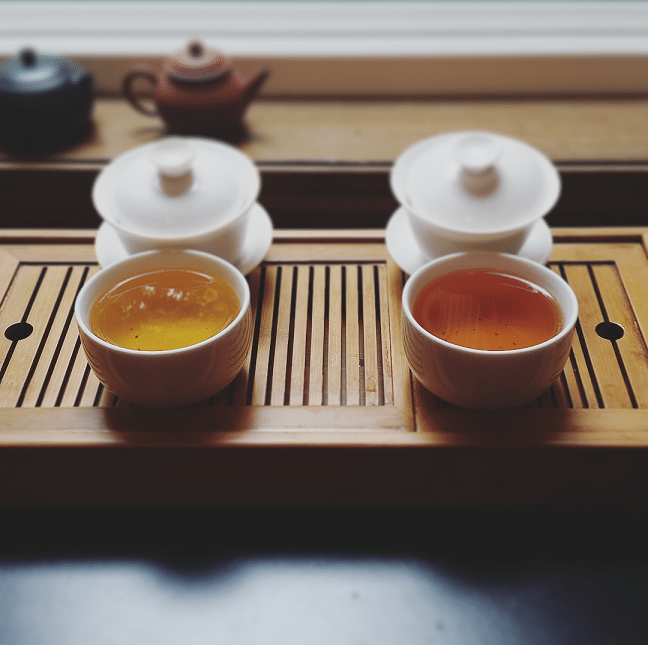
Obviously, I adored them both. In this regard, though, I think I’m a bit of a traditionalist. The good ol’, tried-‘n-true oolong wins out . . . but only by a hair. The Hong is still fantastic, or—at the very least—a fantastic prototype worthy of further exploration.
Y’know? Talking about all of this makes me think I should finally finish writing my old “Guan Yin” fictional saga . . .
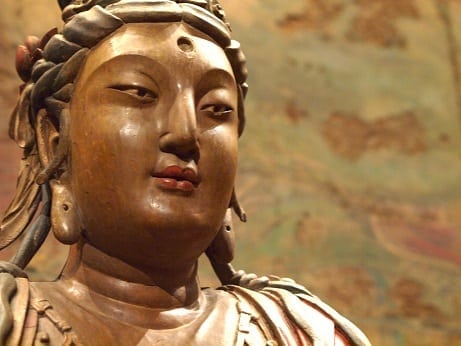
. . . Or not.
To buy the Tie Guan Yin Classic, go HERE.
To buy the Guan Yin Hong, go HERE.

Lord Devotea
I recognise that duck!
Nicole Martin
Oh man. That classic TGY was definitely one of the most memorable that I’ve had.
P.S. Zhen and Phil are awesome 🙂
Stephanie Wilson
Don’t be messing with my girl!
Nice post.
Xavier
A tea drug dealer? Now, this is a concept.
And yes, you should write more pieces of fiction.